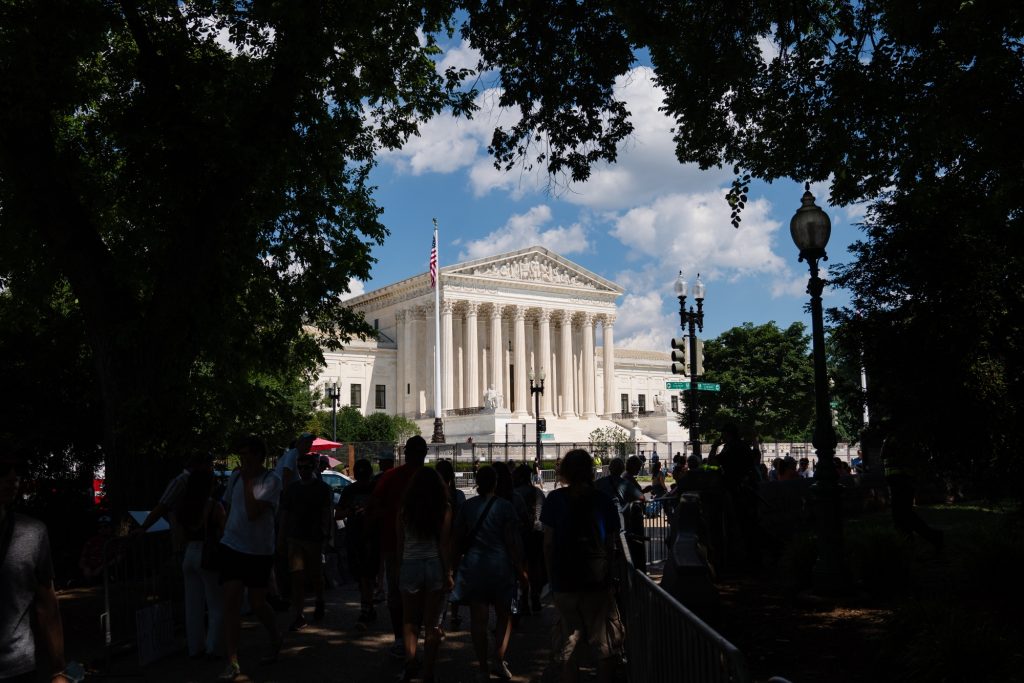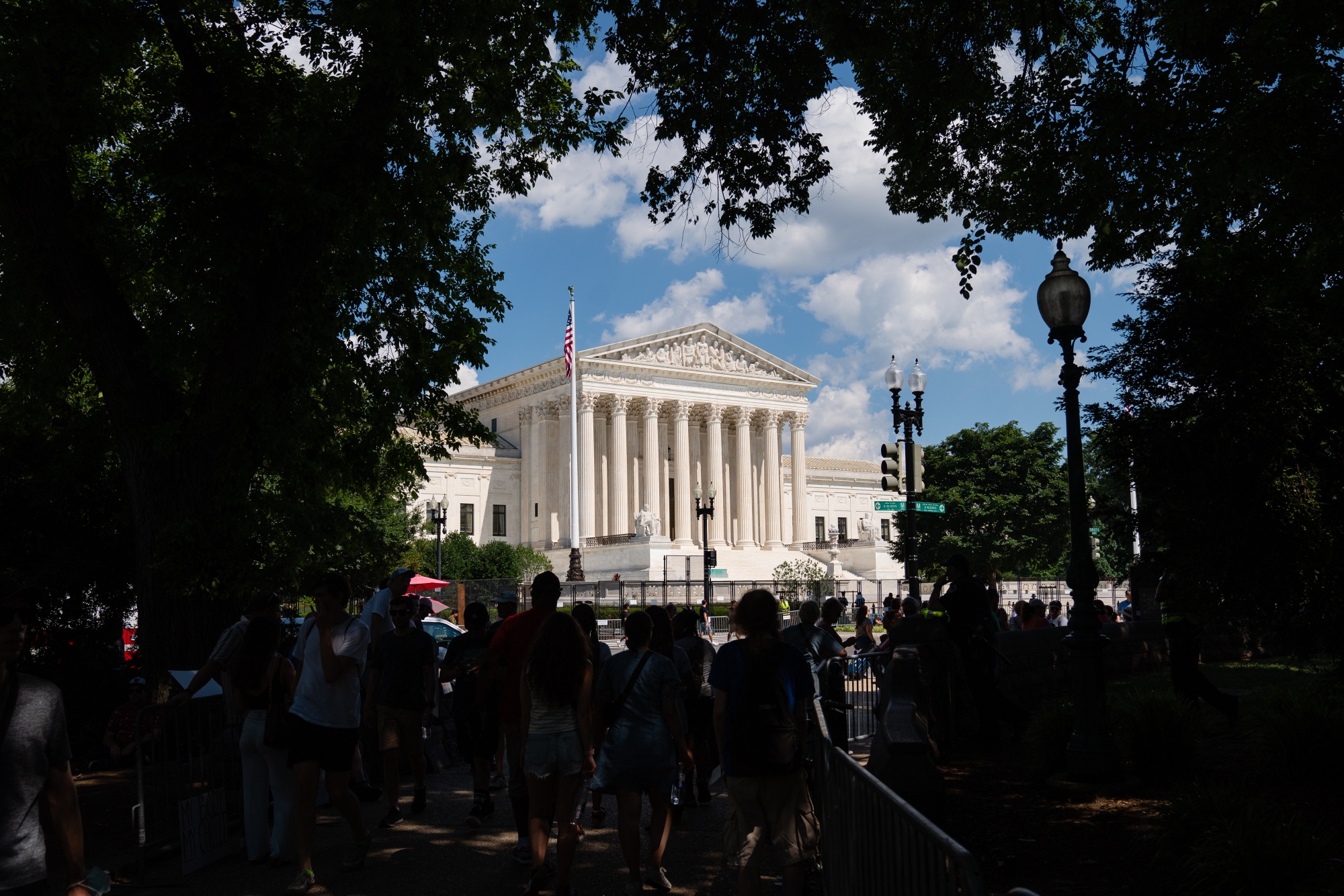
The U.S. Supreme Court has chosen not to entertain an appeal that sought to impose stricter limitations on diversity initiatives in education. This decision marks a pivotal moment in the ongoing debate over admissions policies and racial discrimination, particularly concerning Asian American students.
Background and Legal Battle
A coalition of parents and students challenged the admissions policy of Thomas Jefferson High School for Science and Technology, an elite public school in Virginia. They contended that the revised admissions process unfairly disadvantaged Asian American applicants, constituting a violation of the 14th Amendment’s equal protection clause. Despite their appeal, the Supreme Court upheld the lower court’s ruling, which dismissed the claims against the school’s policy.
Dissent and Conservative Viewpoints
While the majority of justices opted not to hear the case, conservative Justices Samuel Alito and Clarence Thomas dissented. They criticized the decision, emphasizing concerns about the definition and proof of intentional race discrimination. This dissent underscores broader ideological divisions within the Court on matters of affirmative action and equal protection.
Implications of the Decision
The Court’s refusal to intervene in this case contrasts with its previous rulings on race-conscious admissions policies. Last June, the Court’s conservative majority struck down such policies in higher education. However, the decision regarding Thomas Jefferson High School signals a different stance, leaving intact a policy aimed at promoting diversity at the secondary level.
Response and Future Outlook
Karl Frisch, Chair of the Fairfax County School Board, expressed satisfaction with the decision, affirming the constitutionality of the admissions process. The board’s efforts to ensure equitable access to the school have been upheld, albeit amid ongoing legal challenges.
Represented by the Pacific Legal Foundation, the plaintiffs argued against what they perceive as race-based discrimination. They raised concerns about the impact of the revised policy on Asian American enrollment. Despite their contentions, the Supreme Court’s decision maintains the status quo, leaving room for continued debate on the role of race in admissions.
The Thomas Jefferson High School case underscores the complexity of balancing diversity goals with concerns about fairness and discrimination. While the Court’s decision preserves the current admissions policy, it leaves unresolved questions about the permissible scope of race-conscious measures in education. As such, the debate over diversity and equality in schools is likely to persist, shaping future legal and policy discussions.
Don’t be a silent ninja! Let us know your thoughts in the comment section below.

